The longer I work in the field of nutrition, the more I am convinced of the benefits of plant foods.
I’ve noticed I’m not alone in this as many of my patients are hoping to incorporate more plant foods into their own lives, and are even considering a plant-based diet. However, there’s a lot of confusion about what it means to follow a plant-based dietary pattern, with many people assuming “plant-based” translates to “nothing but plants”.
So today, let’s clarify the various plant-based diet options.
Plant-based: A general plant-based pattern means that your plate is centered, or based, around plant foods including fruits, vegetables, grains, nuts, seeds, and beans. Animal products, referring to meat, dairy, and animal byproducts, can make an appearance on the plate, but they aren’t the main star of the show.
This way of eating is becoming increasingly popular and is even a recommended way of eating by the American Cancer Society in reducing cancer risk. Several popular diets that are plant-based include the Mediterranean diet, DASH diet, USDA plate, and New American Plate. These diets have gained increased attention from the media in recent years, and are frequently cited as some of the top diets in the world by the U.S. News and World Report “Best Diets Overall” rankings.
Vegan: A vegan diet is the most restrictive of all the diet options. No animal products of any kind, including meat, fish, or dairy are incorporated. This also extends to animal byproducts, such as eggs and honey. Products that are made with ingredients that come from animal sources such as bovine collagen powder or gelatin are omitted as well.
Vegetarian: Most people have heard of the vegetarian diet, which is a no-meat or poultry diet. However, some lesser-known subsets of this diet can specify a person’s preferences further. “Lacto-vegetarians” don’t eat meat, but they do consume dairy products. An “ovo-vegetarian” does not consume meat, but will consume eggs. So a vegetarian who eats both eggs and dairy is known as a “lacto-ovo-vegetarian”.
Pescatarian: The pescatarian diet is similar to the vegetarian diet, but it does include fish and shellfish. The same rules for dairy and eggs apply; it is really up to individual preference whether it is included in the diet or not.
Flexitarian: According to Merriam-Webster Dictionary, a flexitarian is “one whose normally meatless diet occasionally includes meat or fish”. This leaves room for flexibility for eating out, special occasions, or just personal preference, hence the term “Flexi”tarian. An example of this in action is if you normally avoid red meat, but you and your partner treat yourselves to a steak dinner in celebration of your anniversary.
When it comes to diet, there is never a “one-size-fits-all” approach, and this extends to the various plant-based eating patterns. If you’re intrigued about including more plant-based foods in your diet or even adopting one of these dietary patterns, stay tuned in for future Foodguides articles!
- American Cancer Society guideline for Diet and physical activity. American Cancer Society. (n.d.). Retrieved March 15, 2023.
- Best diets overall 2023 - expertly reviewed - US news health. (n.d.). Retrieved March 15, 2023.
- Merriam-Webster. (n.d.). Flexitarian definition & meaning. Merriam-Webster. Retrieved March 15, 2023.


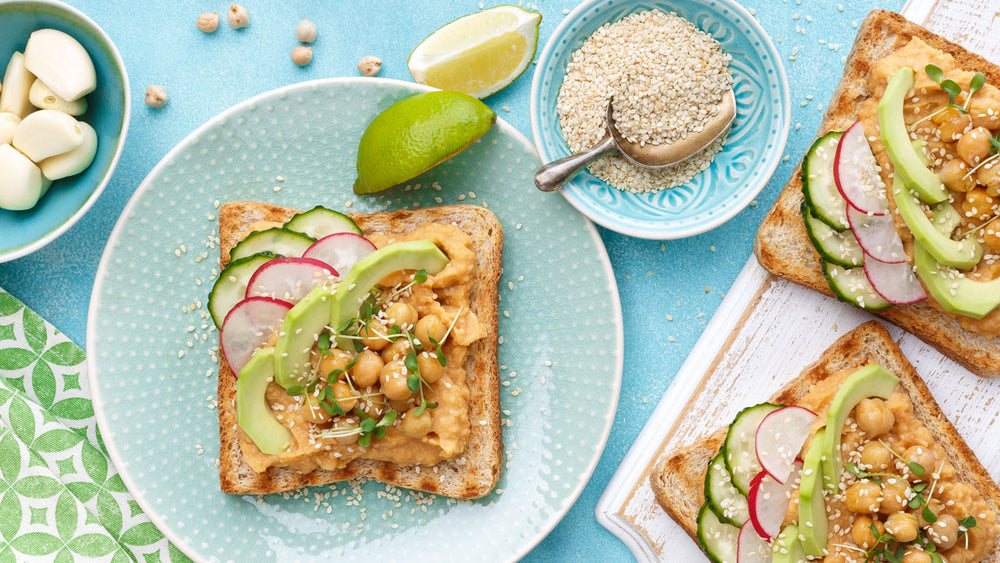
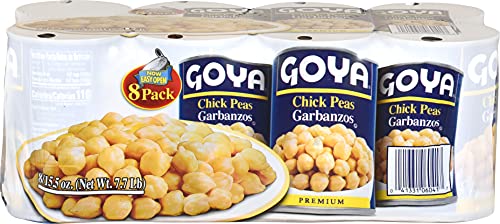
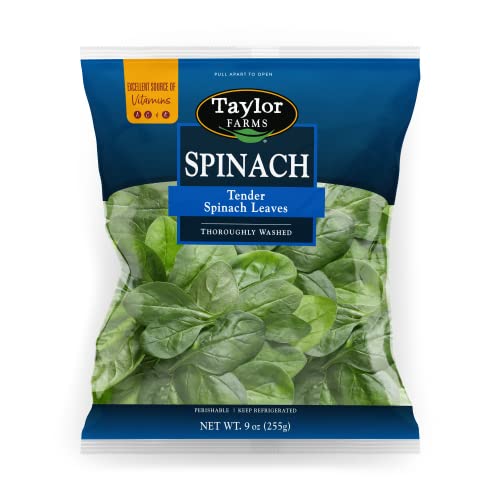
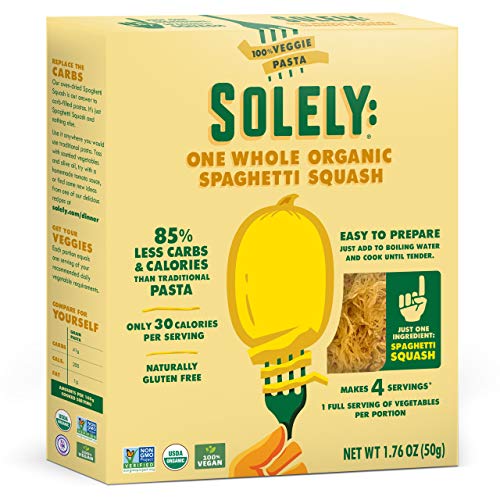

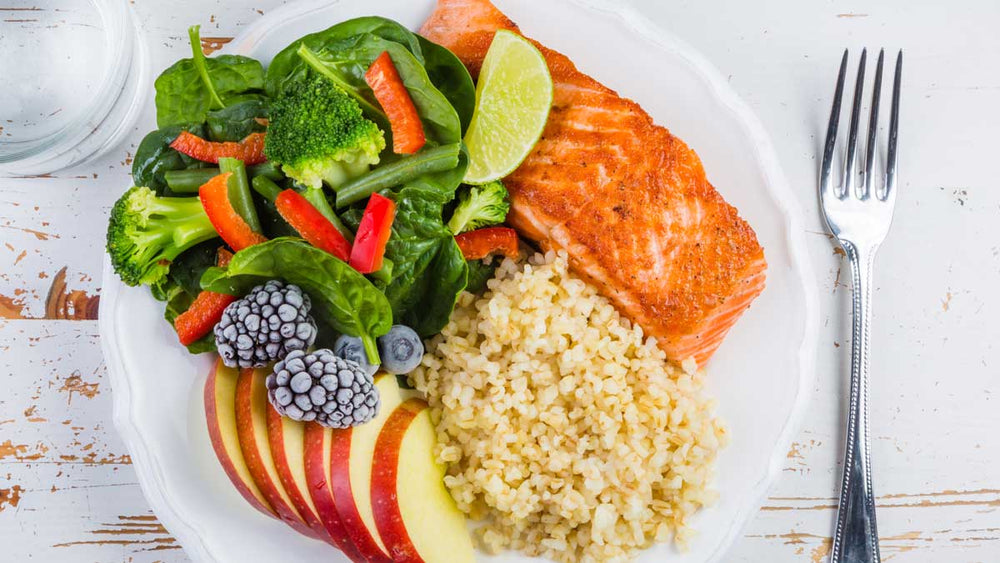
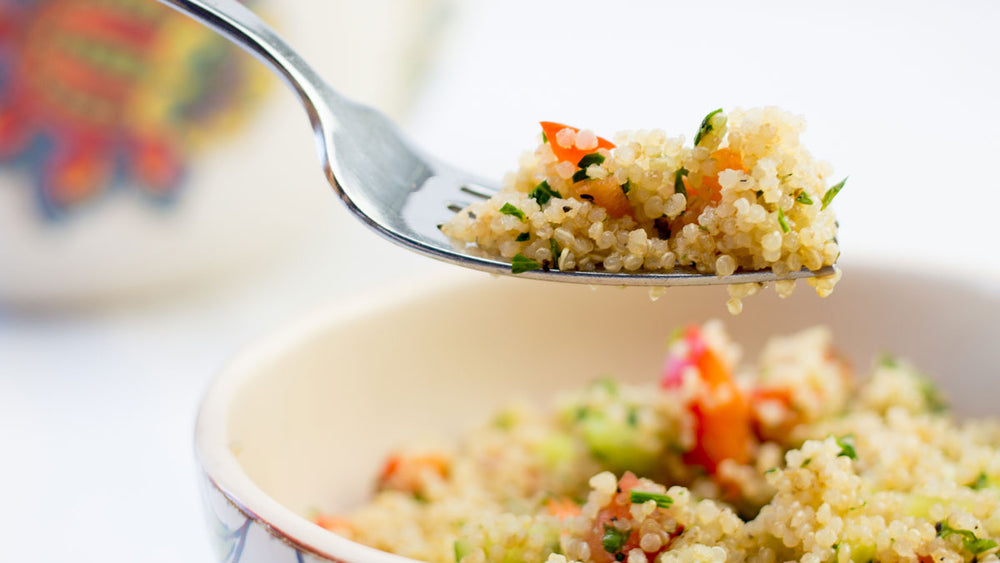

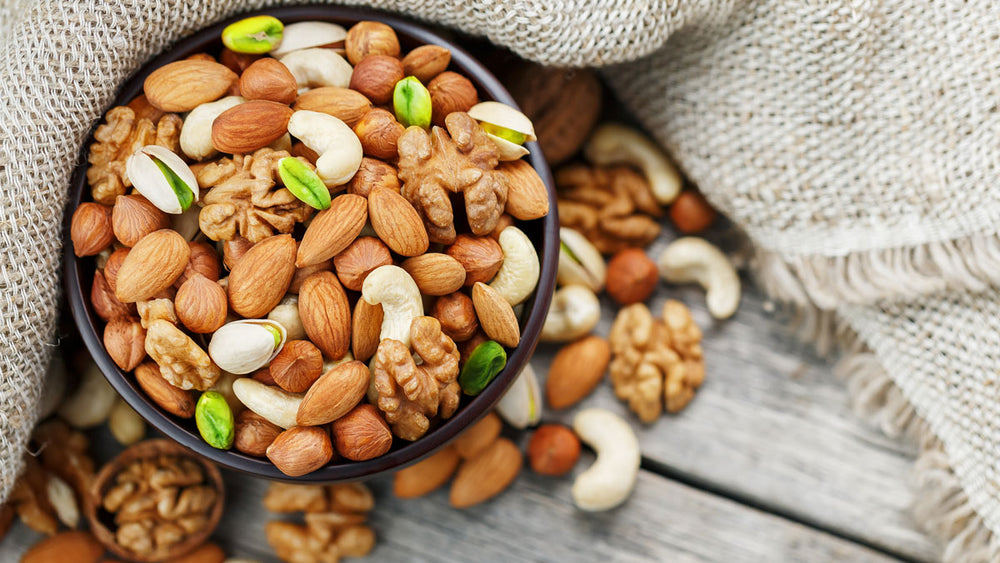











Comments
Join The Conversation...